Pz38(t) tanks made an important contribution to the fighting on the Eastern Front in 1941. 772 vehicles of this type were spread out between five German tank divisions on June 22nd, 1941. It's not surprising that this Czech tank became an object of interest for Soviet study. This article is dedicated to the investigation of the Pz38(t) and its use by the Red Army.
From Krapivnya to Kubinka
The USSR and Czechoslovakia had a close relationship in military matters in the late 1930s. The cooperation was mutually beneficial: the Czechoslovakian air force gained the Avia B-71 bomber (licensed version of the Soviet SB), and the Red Army received powerful BR-17 and BR-18 guns (licensed from Skoda).
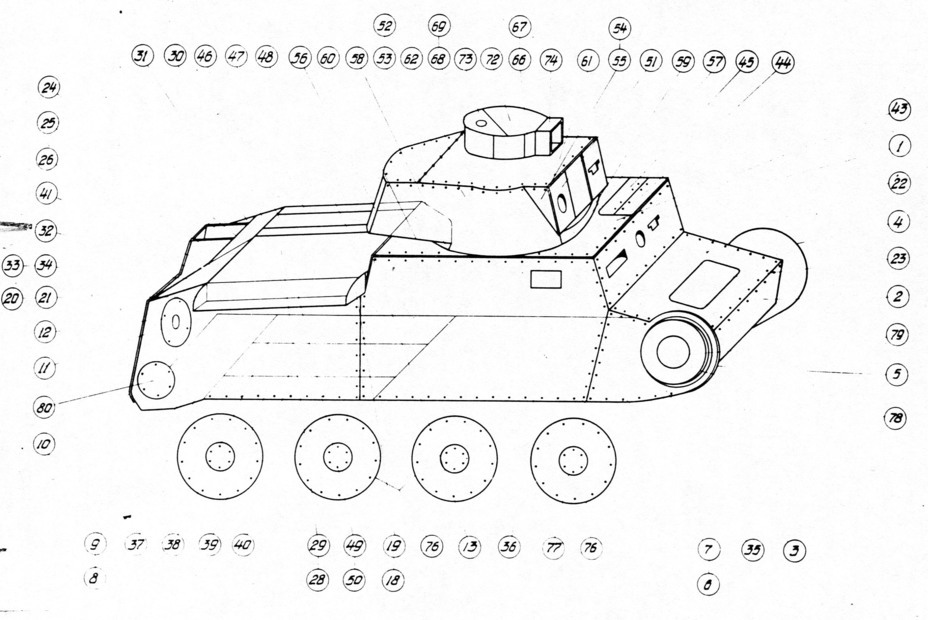
This relationship applied to the field of tanks. Skoda was particularly interested in this cooperation, as it saw the USSR as a potential customer of the LT vz. 35. The matter progressed to trials of a prototype in the USSR, after which it stalled, in part due to Skoda's fear of unlicensed production. In reality, the LT vz. 35 was old news for the Soviets, and only individual components were of any interest. They included the suspension, which was later tested on a T-26, and the transmission.
Soviet cooperation with CKD was close as well. Its tanks were never tested in the USSR, but the company supplied detailed information on its tanks and tractors. For instance, the Red Army knew a great deal about the development of the V-8-H medium tank.
The cooperation stopped after German occupation of Czechia, but some information continued to arrive. This was possible because of Soviet intelligence and Czech engineers, who were not particularly thrilled about the occupation. Samples of armour from the LT vz. 38 tank were obtained and sent to NII-48 in Leningrad for study. Their conclusions were that Czech armour is of no interest for Soviet industry.
The Soviet GABTU received detailed information on the TNH-P (LT vz. 38), TNY-SV (future Strv m/41) and Pz38(t) Ausf. E in the spring of 1941. In addition to tactical-technical characteristics, they received information on the design of the hull and turret. By the start of the Great Patriotic War, the Soviet military had detailed information about at least one tank that was commonly used by the German army.
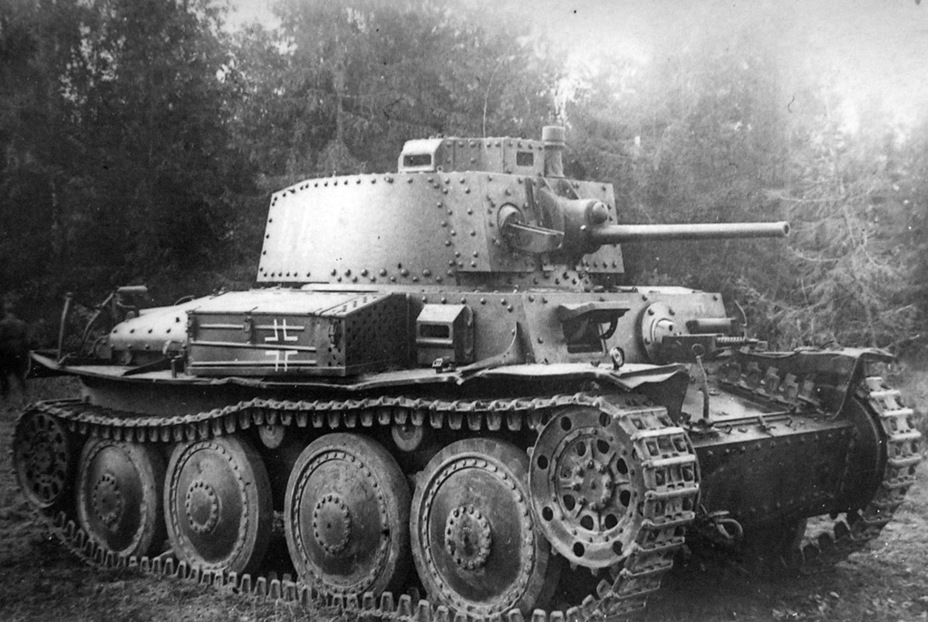
Soviet specialists got the chance to get a closer look in early August of 1941. Fierce battles for the Krapivnya village in Smolensk oblast began on July 23rd. The German 20th Tank Division that fought here was armed with PzII tanks (mostly Ausf. C), PzIV tanks (mostly Ausf. D-E), and Pz38(t) tanks. The 643rd Tank Destroyer Battalion, armed with Panzerjager I tank destroyers, fought beside them. They were opposed by the Soviet 107th and later 102nd Tank Divisions.
The qualitative advantage was on the German side. Even though the 107th Tank Division had KV-1 and T-34 tanks, the main force was composed of T-26 and BT tanks. This explains the greater losses suffered by the Soviets. Nevertheless, the 20th Tank Division took a beating. Having taken a great number of losses towards the end of June, the division was forced to retreat, abandoning 30-40 tanks. The vehicles became Soviet trophies. The Red Star and other newspapers published photographs of destroyed German vehicles.
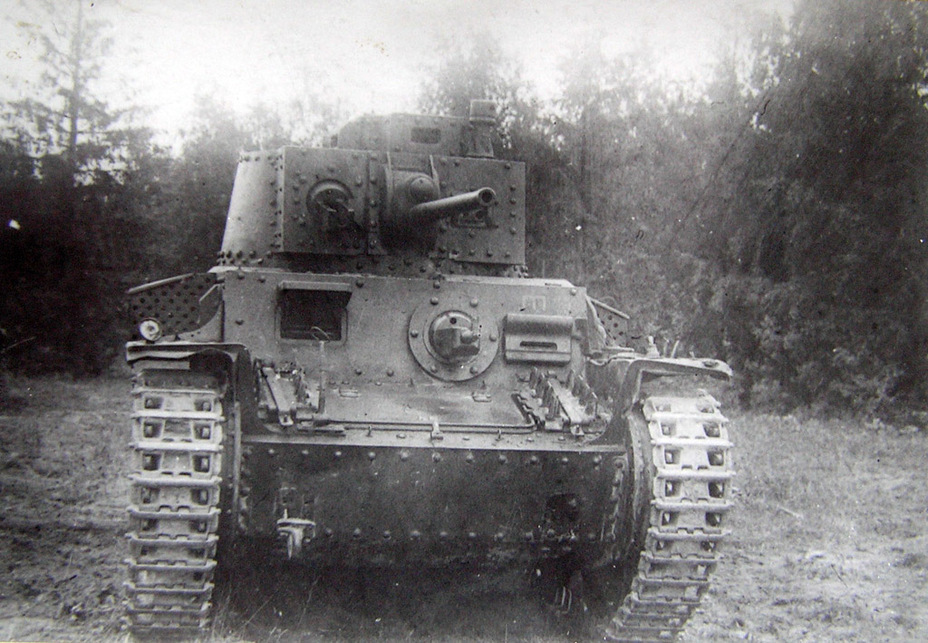
One tank of each type was sent to the proving grounds at Kubinka for study. The history of the Soviet BA-64 armoured car starts here, as German Sd.Kfz.222 and 223 armoured cars were among the trophies. The study of the Sd.Kfz.223 resulted in the creation of a new class of armoured car to replace the BA-20.
In addition, the Military Council of the Western Front decided to study the German tanks on their own. In addition to the PzIV (listed as «medium tank type IV model 1937), a Pz38(t) Ausf. E was studied. The tank was fired upon by Rukavishnikov's anti-tank rifle. It turned out that the tank was impervious to the B-39 bullet from 300 meters, but the BS-41 bullet penetrated the side in all cases. Shooting at the front plate from 500 meters with the 45 mm gun resulted in one ricochet from the applique armour, leaving a dent and a crack. Two more shots penetrated the armour. The conclusion drawn was that existing armament is enough to combat this vehicle.
A fairly detailed description of the tank was composed, although its mass was overestimated at 18-20 tons. Weak points were described, which included the engine deck and the drive wheel, which jammed often on impact. The engine compartment was also poorly protected from Molotov cocktails.
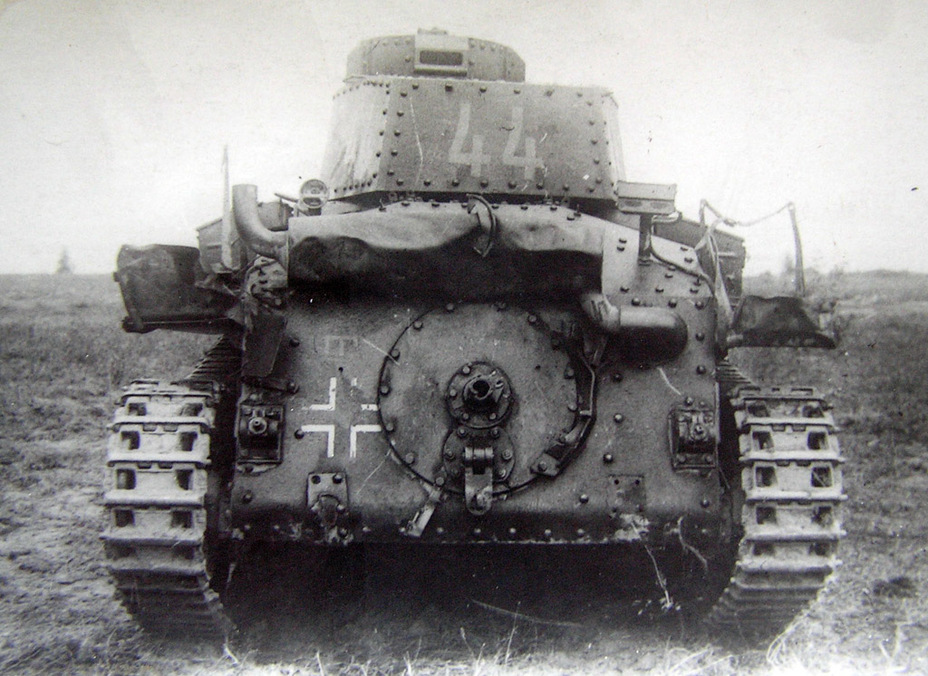
The next stage of the study took place at the proving grounds at Kubinka, where a tank with turret number 44 was sent. It was also an Ausf. E. Interestingly enough, the specialists here also got the mass wrong, evaluating it at 14 tons. Later, it was corrected to 11 tons. Testers pointed out a high quality of production. Special attention was dedicated to the Praga-Wilson gearbox and turning mechanisms. Overall, both in combat capability and overall design, the vehicle was not much different from the Pz35(t). The front armour could be defeated by any existing cannon, and the sides were vulnerable to high caliber machineguns. The subsequent fate of tank #44 is unknown.
Brittle swamp-treader
There was no time for a more detailed study of the captured tank in the fall of 1941. At that point, the proving grounds had other priorities. It was evacuated to Kazan in the fall of 1941, and a part of its captured vehicle fleet came with it. Tank #624, also from the 20th division, was among them. It was also likely captured at Krapivnya. The vehicle arrived at the proving grounds in a nonfunctional state, and it took several months to repair it. The repairs were completed by the spring of 1942, and judging by some evidence, not fully.
Trials of foreign and captured tanks were held in the summer of 1942. The Pz38(t) took part in them. The vehicle drove for 120 km during the trials in July, less than all other participants. This points to the fact that its technical condition was not stellar. The top speed obtained during the trials, 30 kph on a cobblestone highway, is also too low. The average speed was 25 kph on a highway, 16 kph on a dirt road, and 13 kph off-road. The fuel expenditure was also better than any of its competitors: 132, 169, and 185 L respectively. The maximum grade it could climb was 20 degrees, and the maximum tilt was 25 degrees.
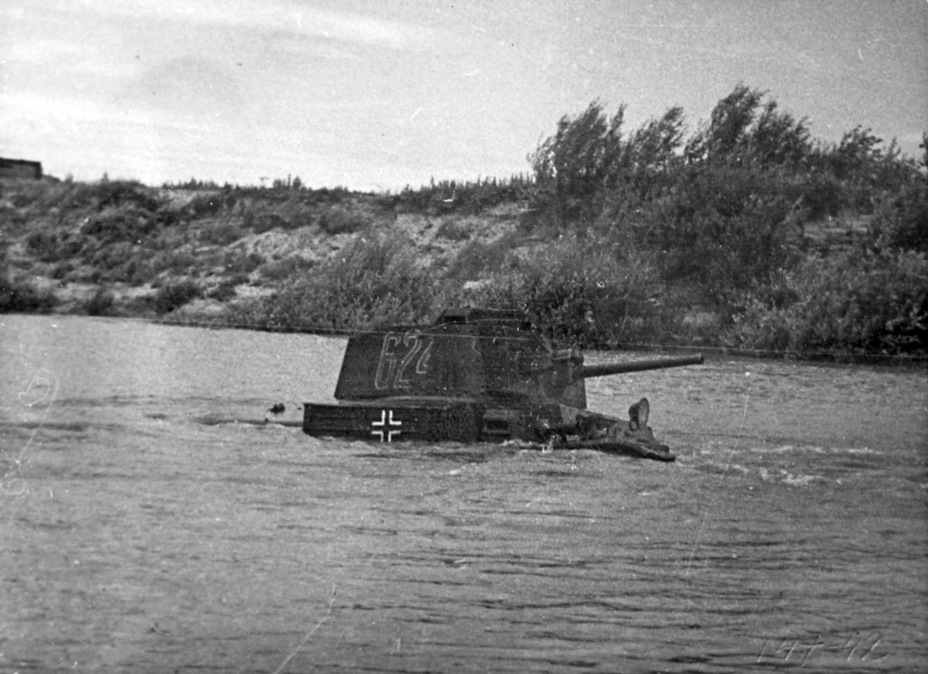
Overall, the Soviets were not impressed. Even if it was fully functional, its characteristics would not be much higher. In any case, the limiting factor in climbing hills was the traction of its tracks, not engine power. In this respect, the tank was equal to the American Light Tank M3 and Medium Tank M3. The tilt angle was also comparable. It was limited by a track slipping off. The Medium Tank M3 showed a similar result, while other tanks were better in this respect.
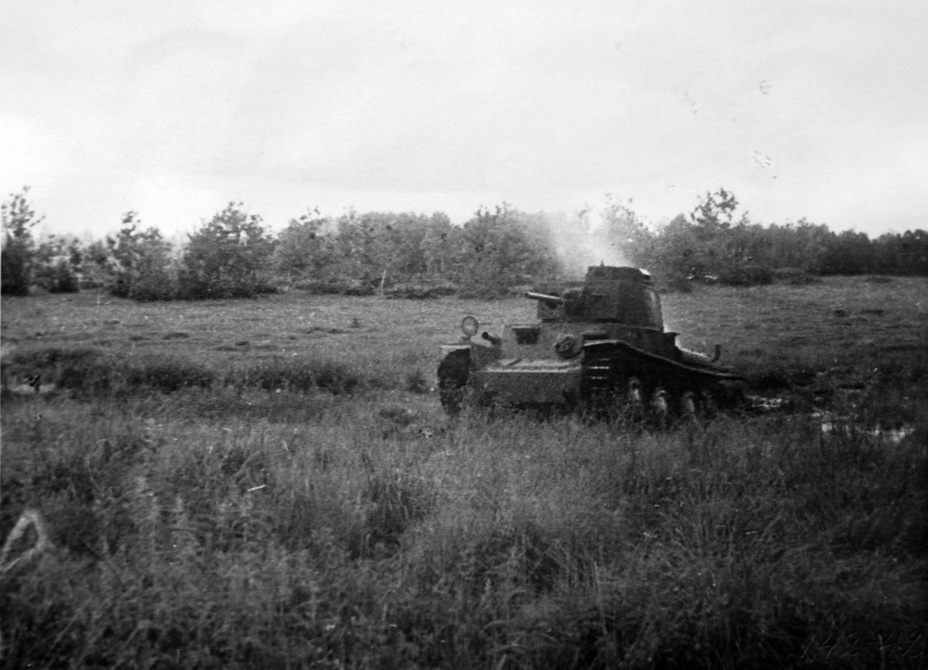
In case of the fording trials, it is hard to blame the technical condition of the tank. The results were disappointing. After driving for 35 meters to a depth of 1350 mm, the water flooded the engine compartment and the engine stalled. The tank was pulled out with a tractor. The German PzIII Ausf. H was the only tank to perform worse, making it only 30 meters.
The Czech tank was rehabilitated during the swamp trials. It crossed the swamp several times, confidently driving across difficult sections.
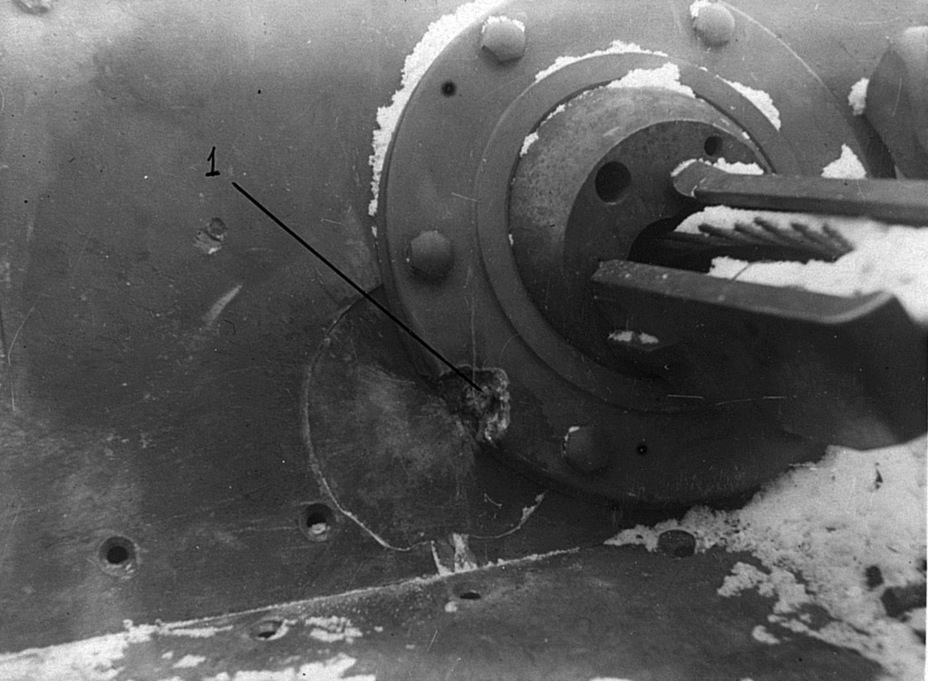
Ballistics trials of captured tanks were held in September-October of 1942. Capabilities of captured guns were also tested. When firing at the 50 mm front plate of the StuG III Ausf. B, the 37 mm KwK 38(t) was incapable of penetrating it from any distance, but the sides could be penetrated from 850 meters. In case of using a subcaliber round, the front could be penetrated from 400 meters.
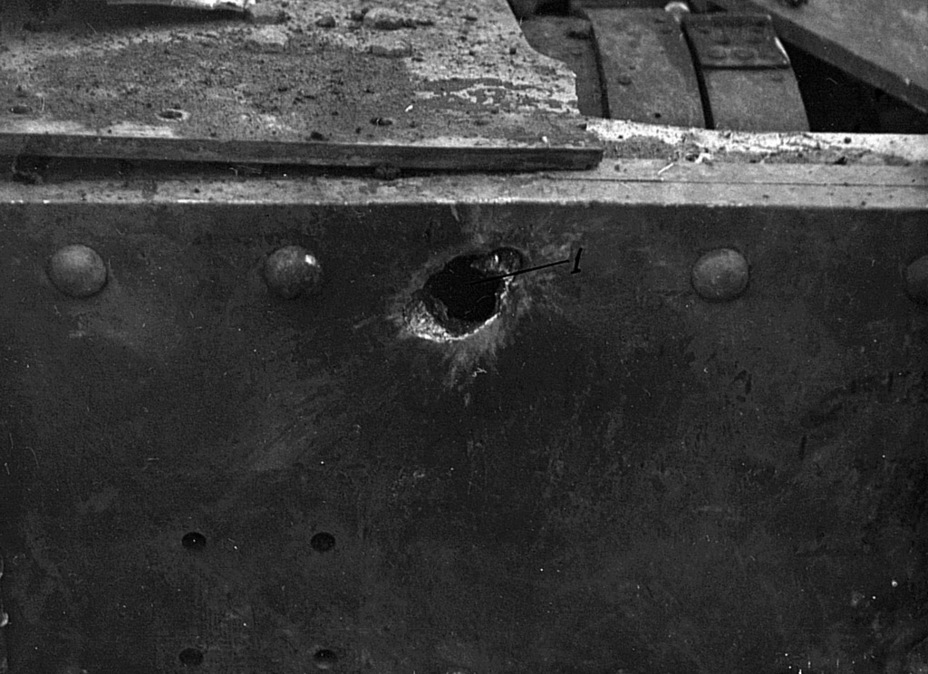
Pz38(t) #121 was shot up next. The armour of the tank seemed respectable, until the shooting started. The armour stood up best to the British 2-pounder (40 mm) gun. It could not penetrate the front of the hull or the turret platform, but impacts formed cracks. This meant that the armour would buckle after several impacts. The rear of the hull could be penetrated by the DShK machinegun from 200 meters 100% of the time. Shots at the side of the fighting compartment from 200 meters resulted in 4 penetrations out of 13. Closing the distance to 150 meters resulted in only 2 nonpenetrations out of 9.
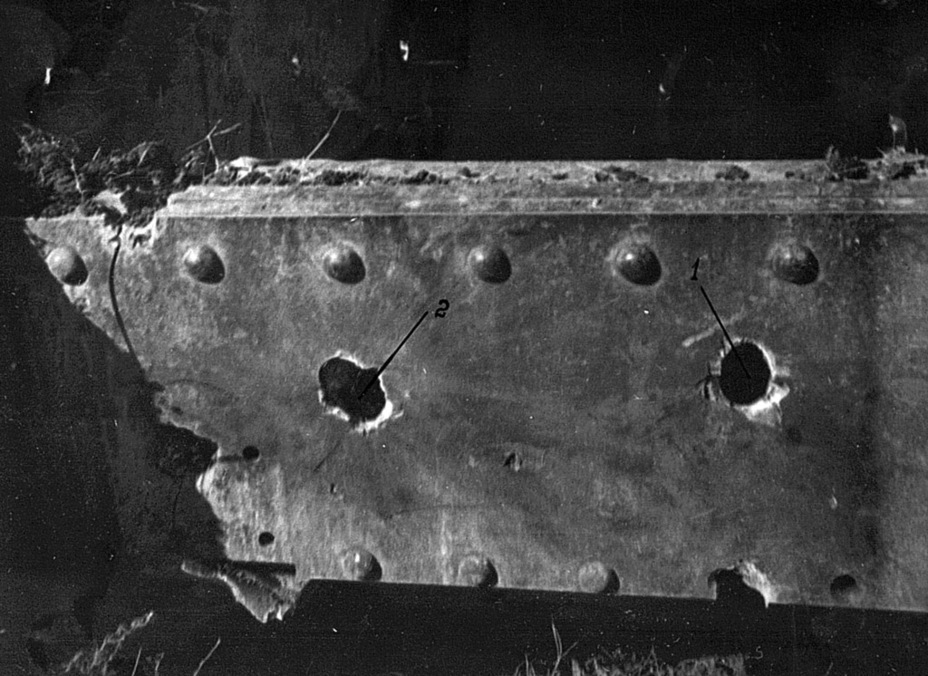
The results of shooting the 45 mm gun were about the same as the results obtained during trials in August of 1941. Two shots from 200 meters out of 3 resulted in complete penetrations. From 400 meters, only the applique armour was penetrated. As for the sides, they were confidently penetrated from 1000 meters. The American 37 mm gun showed similar results.
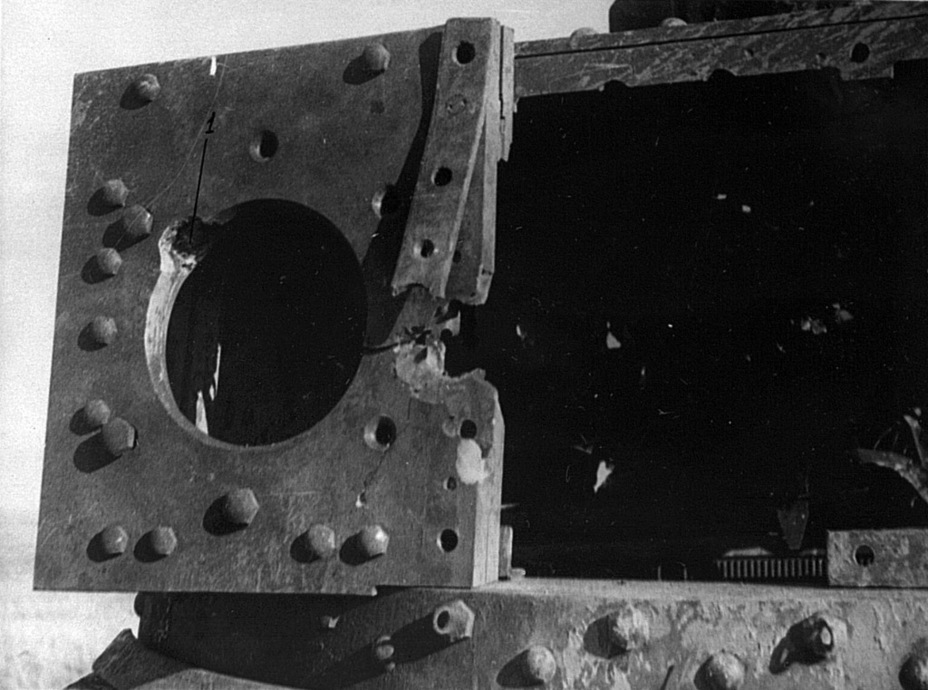
However, the main opponent of the Pz38(t) by that time was the T-34, which was hardly a fair fight. One shot was fired from 800 meters, which proved to be enough. The front of the turret platform was smashed into pieces. HE shells had similar effects. Impacts tore apart rivets and deformed armour plates. A hit to the right side of the turret cracked it into pieces.
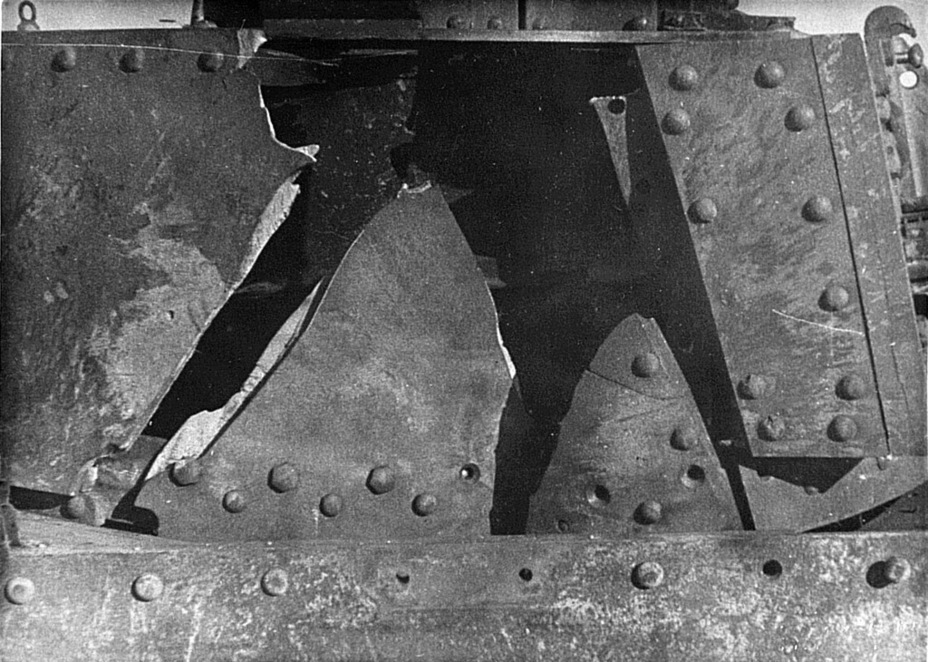
These results are not surprising. Issues with armour of Czechoslovakian tanks began in the 1930s and were never resolved. The results of the trials led to the conclusions that Czech armour is brittle. NII-48, which studied foreign tanks in the fall of 1942, reported the same results. Studies showed that the armour contained only trace amounts of nickel, which gives armour its ductility. Additional issues were introduced by the riveted connections used in the tank's hull and turret. Impacts from shells broke off the inner parts of the rivet and turned it into a deadly projectile.
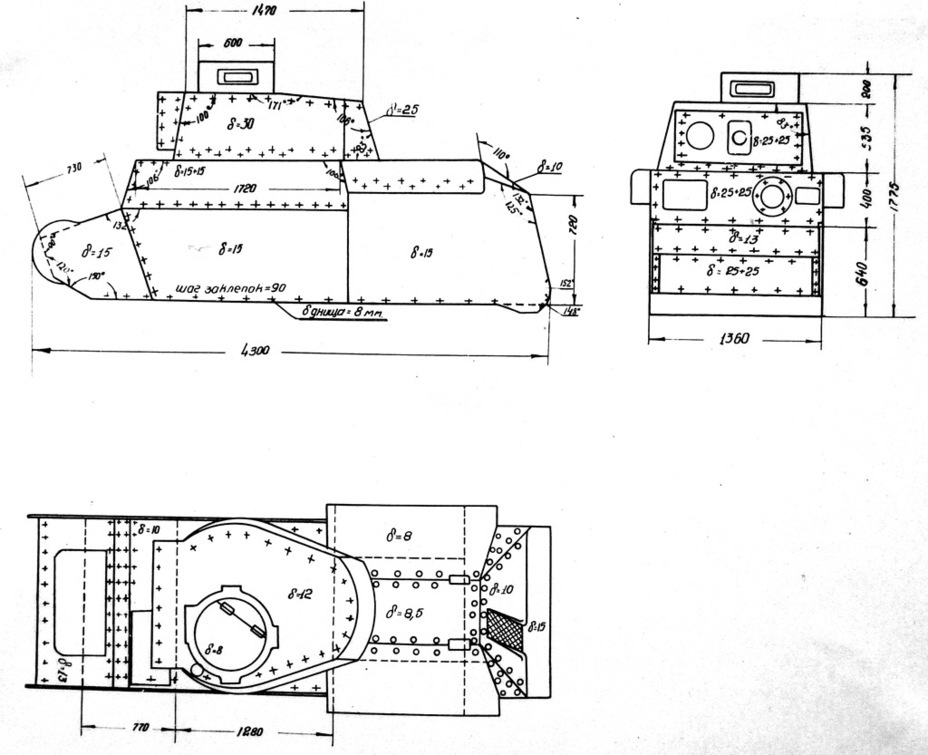
The results of study in the USSR allow one to say that the tank is evidently overestimated by many historians. It was certainly one of the best tanks in its class in the late 1930s, but issues with armour greatly reduced its fighting effectiveness. In addition, tanks were built in 1940 and 1941 that were, at the very least, no worse. This is especially true for the Light Tank M3. The sum of its characteristics surpassed the Pz38(t), especially its mobility. Even the Swedish brother of the Pz38(t), the Strv m/41, was an improvement, especially tanks from the second series. Unlike Czech armour, Swedish armour did not have issues with brittleness.
Red star on the side
This article would be incomplete without a mention of captured Pz38(t) tanks used in the Red Army. These tanks fell into Soviet hands en masse during the counteroffensive in late 1941. There were so many trophies that tank repair factory #82 was set up at the Podyemnik factory in December of 1941. This factory was tasked with repairing imported and captured vehicles. The factory retained this specialization until the end of the war. In addition, the territory used by factory #37 before its evacuation to Sverdlovsk was converted to a captured tank repair plant. In time, a branch of factory #37 was set up here.
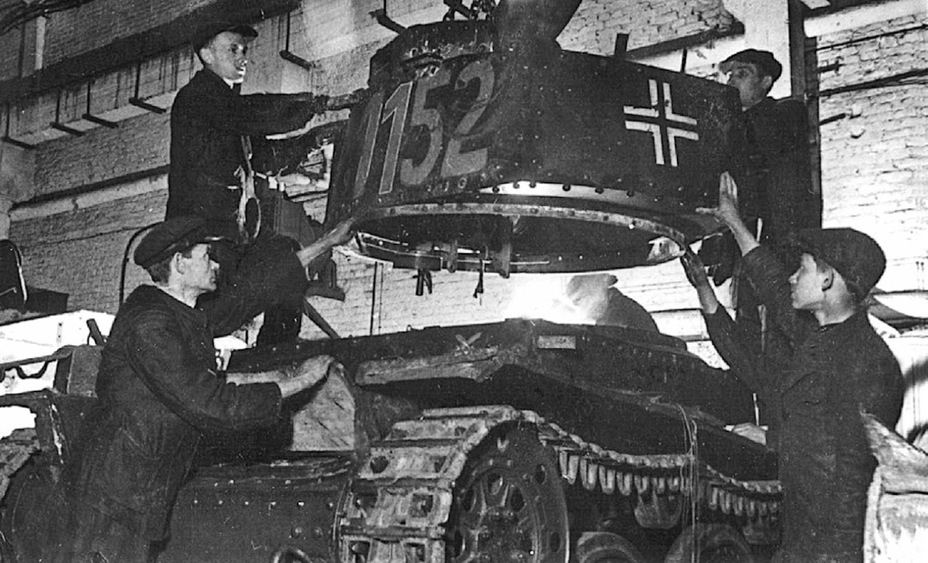
Overall, the Czech tanks, often called Praga in Soviet documents, proved reliable vehicles. However, not all arrived at the factory in reparable condition. Most often, the tanks were heavily damaged. It's hard to be surprised that out of 53 tanks, factory #82 only repaired 13. Factory #37's branch also repaired 3 tanks.
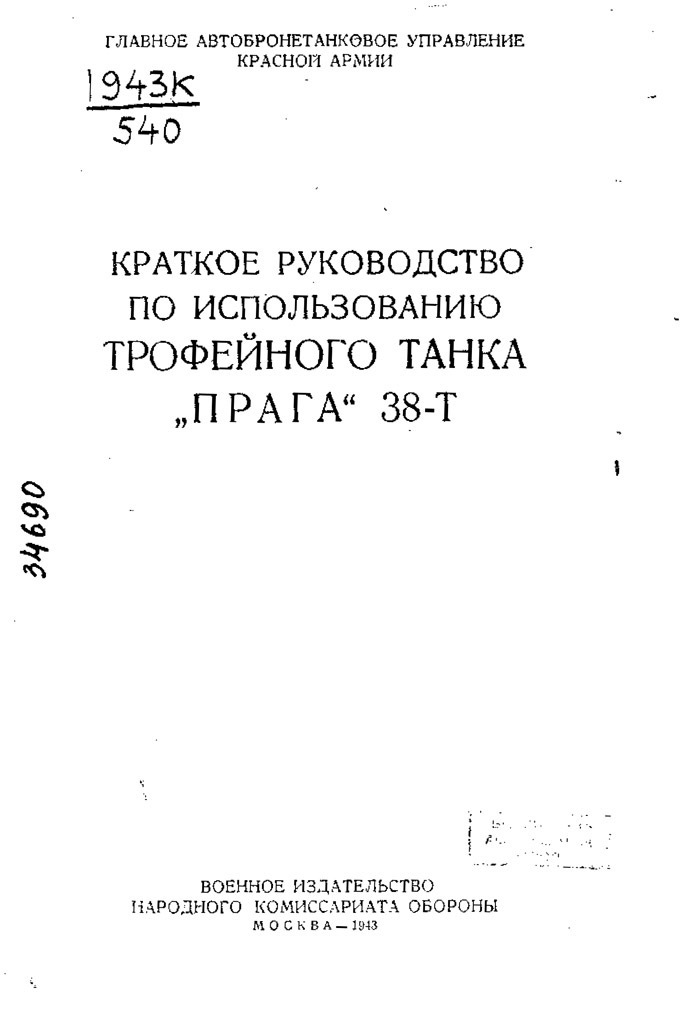
An idea of rearming captured tanks with Soviet guns came up in February of 1942. The Praga would carry either a 20 mm TNSh or a 45 mm tank gun. Factory #592's design bureau, headed by E.V. Sinilshikov and S.G. Pererushev, would perform this work. According to documents, the work was never performed, as the SG-122 was a higher priority project. Judging by photographs, some tanks at least received Soviet DT machineguns. A brief user's manual was published for crews.
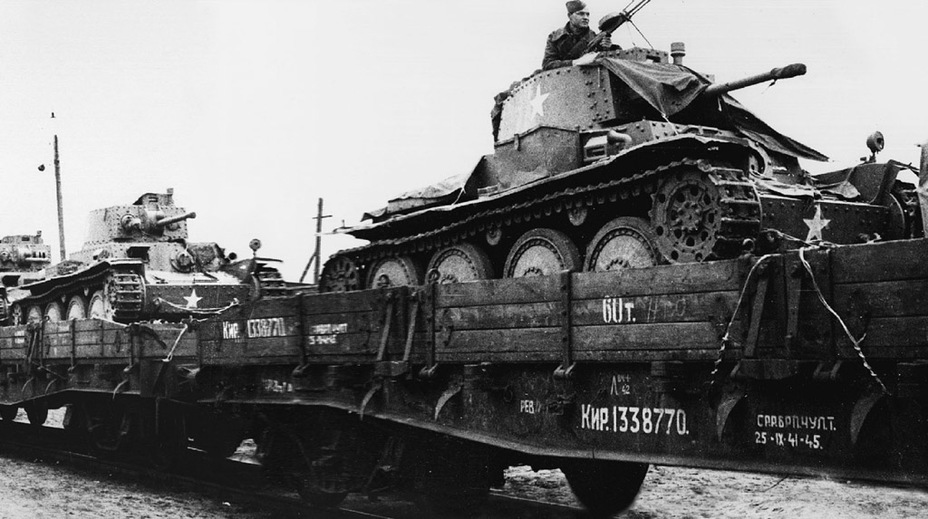
The first use of captured Pz38(t) tanks was likely in the Crimea. A number of tanks from the German 22nd Tank Division were captured and placed at the disposal of the Crimean Front. As for tanks from factory #82, they were only used by one unit in battle: the Independent Special Tank Battalion (OOTB). Some publications call it OOTB B, but this was a different unit, a part of the 31st Army. This OOTB was sent to the 20th ARmy.
The battalion was formed in July of 1942. Its commander was Major F.B. Nebylov. The battalion was fully composed of captured tanks. In addition to 10 Pz38(t) tanks, it contained 2 StuG IIIs, 12 PzIIIs, and 6 PzIVs. A distinguishing mark of the OOTB's Pragas was the application of large white stars to the front of the hull and sides of the turret. This kind of marking was necessary, as captured tanks could be attacked by allies.
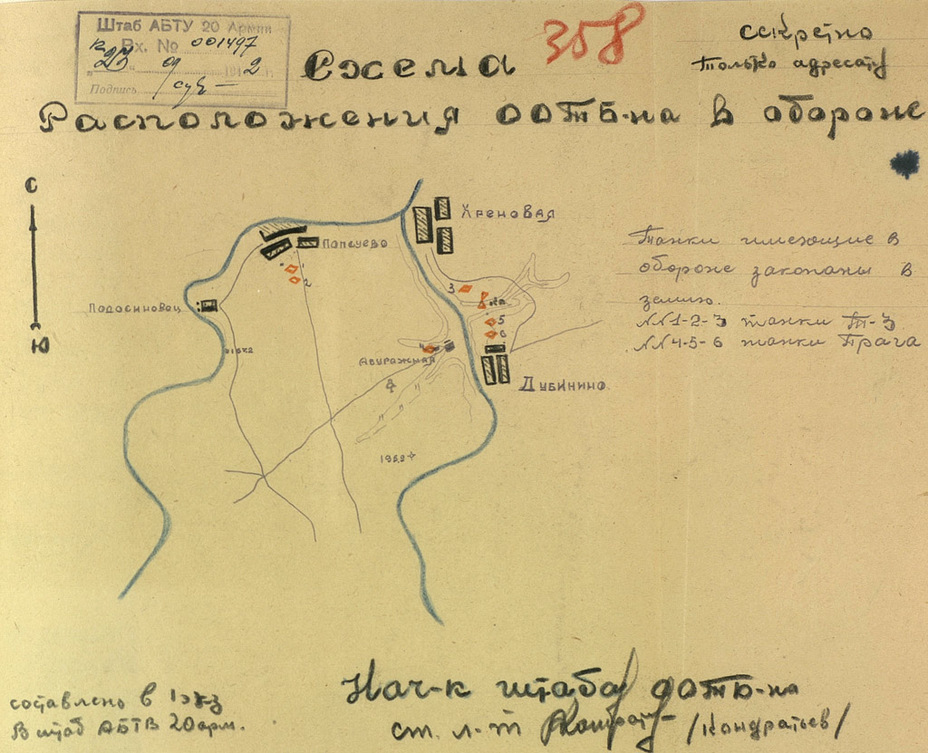
As of August 31st, the battalion had 8 Pragas, 6 PzIVs, 10 PzIIIs, and 2 StuGs. The battalion was fighting alongside the 354th Rifle Division. On September 3rd, the battalion was supporting the 1203rd Rifle Regiment near Opokino village. On the next day, one Praga was knocked out by enemy artillery, and two more by enemy aircraft. Two more captured tanks were knocked out the next day, but one that was damaged earlier was returned into service. The number of functional Pragas was up to 5 on the next day, two of which needed repairs. These vehicles were dug in, and the crews used them as bunkers. At the time, the battalion was located north-east of Chernigovo.
The tanks held the line next to the 331st Rifle Division during the next week. 3 Pragas remained in service by September 25th. Two lost tanks remained on enemy territory. Photos of these tanks recently surfaced on internet auctions. The tanks were later evacuated. The battalion kept its numbers until the end of October of 1942, after which it was disbanded. Fedor Vasilyevich Nebylov finished the war as a Guards Lieutenant Colonel, acting as the deputy commander of the 67th Guards Heavy Tank Brigade. In it, he made it to Berlin.
Translated by Peter Samsonov. Read more interesting tank articles on his blog Tank Archives.
Sources:
- Central Archives of the Russian Ministry of Defence;
- Russian State Archive of Film and Photo Documents;
- Author's photo archive.






